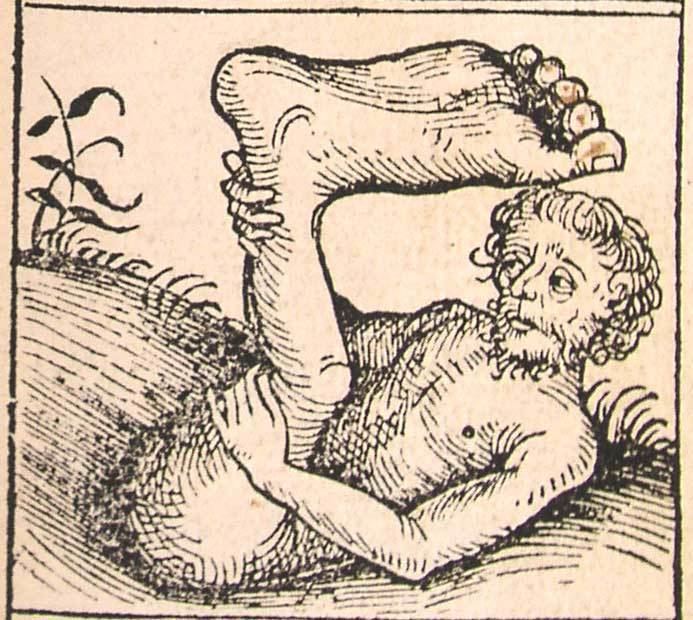 | ||
Similar Bibliotheca, The Life of Apollonius of Tyana, The Fragments of the Per, Ancient India As Describe, Natural History | ||
Indica (Greek: Ἰνδικά Indika) is the name of a book by the classical Greek physician Ctesias purporting to describe India. Written in the fifth century BC, it is the first known Greek reference to that distant land. Ctesias was the court physician to king Artaxerxes II of Persia, and the book is not based on his own experiences, but on stories brought to Persia by traders, along the Silk Road from Serica, a land north of China and India where domesticated silk originated.
Contents
Contents
The book contains the first known reference to the unicorn, ostensibly an ass in India that had a single 1.5 cubit (27 inch) horn on its head, and introduces the European world to the talking parrot, and falconry, which was not yet practiced in Europe.
Among the information apparently conveyed in the book (mostly according to second-hand accounts of its contents):
Legacy
Ctesias' books contains such a mix of obviously dubious apocrypha among its truths that it was sometimes mocked by subsequent authors as a source of wild yarns and myths. The satirist Lucian depicted Ctesias as being condemned to a special part of hell reserved for those who spread wild lies during their lifetimes. His book apparently included such anecdotes as the description of a race of one-legged people called the Monosceli, another whose feet were so big they could be used as umbrellas (the Skiopolae), men with tails like satyrs, and claimed that people in the actual land of Serica were 18 feet tall.
Conversely, the book did serve as the original source for a great deal of actual knowledge about the East that appears to have been completely absent in Western literature. Though only fragments exist today, its probable contents are very well-known because they were the main reference for Mediterranean knowledge of India, for centuries, and therefore are cited and quoted by many ancient authors whose works do survive to this day.
